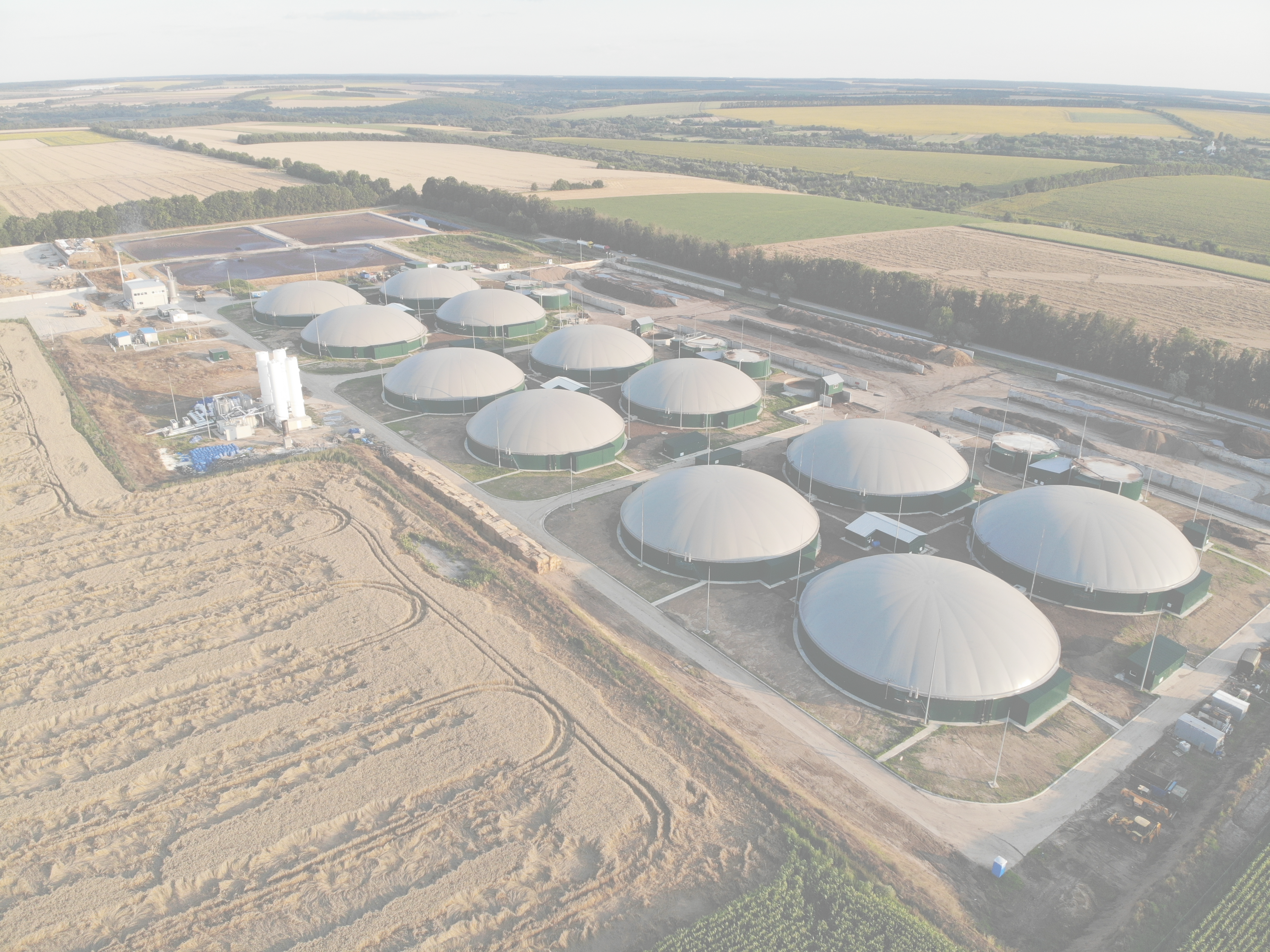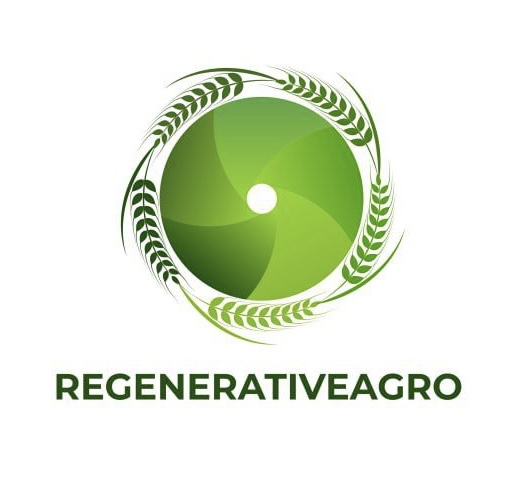Our Projects
By harnessing cutting-edge technologies, attracting international investment, and utilizing local expertise, we revolutionize traditional farming methods and energy production systems.
Lucrative location
High biomethane potential
Vast application options
The agriculture sector stands highly susceptible to the repercussions of climate change, with global food security acting as a pivotal tipping point, as food is increasingly used as a hybrid weapon on the world stage. Addressing the challenges posed by climate and biodiversity crises and transitioning to regenerative economies demands more than just technical innovation. It calls for a profound shift in our beliefs, mental models, and timescales. Existing business models must align with emerging realities and actively contribute to progress.
Given that the food system is the second-largest contributor to greenhouse gas emissions, a transformative approach is crucial. We need to revolutionize how we provide nutritious and diverse food to a burgeoning population while utilizing less land and significantly reducing emissions.
The selection of facilities is based on the following criteria:
- the ability to provide a long-term supply of raw materials; among our partners are operational chickens, pigs, eggs, grain, and corn producers;
- proximity to raw materials suppliers (within 50-100 km) and availability of alternative suppliers;
- plot location in energy and industrial area;
- presence of logistics and energy infrastructure;
- professional, reliable, and successful teams.
Chain of biomethane production stations
(in Western and Central Ukraine)
Market Opportunity
Decentralized, green, and diversified gas production is the priority for Ukraine. The country possesses the potential to replace 10 bcm of imported gas annually.
Environmental Impact
The project seeks to enhance waste and secondary product management by establishing a closed-loop agricultural waste recycling system. This would reduce greenhouse gas emissions, projecting a decrease of up to 42 million tons of CO2 equivalent by 2050 (2.5 million tons by 2030). Additionally, the project would contribute to the revitalization of Ukrainian lands through organic farming practices, incorporating the utilization of digestate.
Social Impact
The project would contribute to public employment through the establishment of new jobs in the green sector and related fields. The implementation of GESI principles is a pivotal aspect, exemplified by policies such as equal pay for all genders. We actively support the reintegration of war veterans, enforcing a 20% quota within the total workforce. Moreover, our initiatives stimulate the remigration of displaced individuals affected by the war.

Stations
total methane production
The First Stage
01.
Conducting an evaluation to identify Ukraine’s biomethane potential across various regions.
To provide valuable guidance to potential investors, we will develop a comprehensive biomethane production map aligned with Ukraine’s current natural gas transit and distribution infrastructure, taking into account regional feedstock availability.
02.
Crafting a comprehensive business concept for the advanced production and domestic utilization of biomethane.
This involves the development and implementation of cutting-edge technologies in biomethane production, incorporating crop by-products and cover (intermediate) crops as essential raw materials.
03.
Conducting a comprehensive assessment and feasibility studies of raw materials utilized in biomethane production.
The strategy initiates with a thorough evaluation of Ukraine’s biomethane production potential, encompassing diverse feedstock sources like agricultural, industrial, and municipal, taking into account the prevailing military conflict. This involves executing 12 feasibility studies (FS) and formulating four ready-to-build (RTB) projects.
04.
Implementing best practices and innovation.
This strategy involves embracing best practices in technology and prioritizing innovation, notably the conversion of hydrogen and CO2 to synthetic methane (e-methane). This signifies a forward-looking stance in biomethane production technology.
05.
Integrating into commercial operations.
The aim is to incorporate successful technologies and methodologies identified in the feasibility studies into commercial operations, particularly in the ready-to-build (RTB) projects.
Negative Impact Mitigation
Our R&D activities include implementing advanced carbon utilization technologies to significantly reduce CO2 emissions. Through the utilization of carbon, we aim to repurpose and reintegrate it into the economy. This involves making it available for resale to industries that can derive beneficial use from it.
In the production of biomethane from chicken manure, water plays a crucial role in the preparation process and emerges as a by-product in the form of effluent. To prevent environmental harm, this water needs to be treated carefully. Iit can be recycled, contributing to sustainable water resource management.
Transforming traditional agriculture
The scalable model introduces an additional revenue stream for farmers by utilizing residual by-products and intermediate crop harvests. Farmers benefit from an extra income source, and the soil is enriched by digestate, enhancing overall agricultural productivity.
Cultivating organic future
Biomethane production yields digestate, an organic fertilizer. This eco-friendly digestate replaces conventional, CO2-intensive mineral fertilizers, promoting a more sustainable approach to agriculture.
Turning livestock waste into sustainable revenue
Leveraging current geopolitical and economic conditions, the project taps into oversupply and reduced crop prices caused by factors like the Black Sea blockade. This situation increases livestock margins due to lower feeding costs, utilizing the surplus livestock waste for biomethane production, and transforming waste into a valuable resource.
Integrating sewage water into biomethane
Transforming sewage water into biomethane represents a breakthrough in waste management and renewable energy. This process not only provides a sustainable energy source but also effectively manages waste, reducing environmental pollution and aligning with circular economy principles.
Utilizing CO2
The innovation lies in capturing CO2 during biomethane production, combining environmental stewardship with renewable energy technology. Extracting CO2 during biogas upgrading improves fuel quality and significantly reduces greenhouse gas emissions, contributing to a cleaner and more sustainable energy landscape.
Methanation of hydrogen with separated CO2
Separated CO2 combines with hydrogen from electrolysis in a process known as methanation. This reaction produces synthetic methane (CH4) and water, a chemically similar alternative to natural gas. This synthetic methane can be seamlessly integrated into existing natural gas infrastructure.
Creating a Sustainable, Circular Energy System
This integrated system forms a renewable and circular energy model. It efficiently utilizes excess renewable energy, recycles carbon dioxide, and reduces greenhouse gas emissions. The produced biomethane serves as a renewable fuel for diverse applications, including electricity generation, heating through combined heat and power generators, and transportation fuel.
